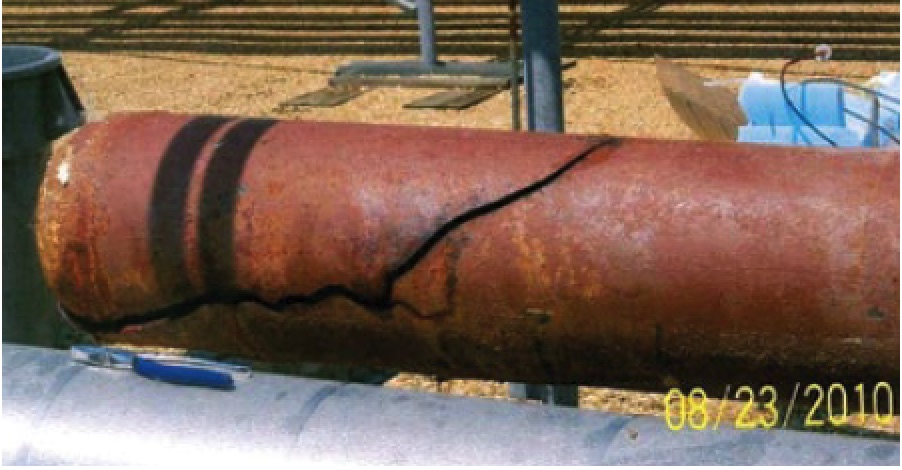 The U.S. Chemical Safety Board released a safety bulletin intended to inform industries that utilize anhydrous ammonia in bulk refrigeration operations on how to avoid a hazard referred to as hydraulic shock. The safety lessons were derived from an investigation into a 2010 anhydrous ammonia release. The accident occurred before 9:00 am on the morning of August 23, 2010. Two international ships were being loaded when the facility’s refrigeration system experienced “hydraulic shock” which is defined as a sudden, localized pressure surge in piping or equipment resulting from a rapid change in the velocity of a flowing liquid. The highest pressures often occur when vapor and liquid ammonia are present in a single line and are disturbed by a sudden change in volume. This abnormal transient condition results in a sharp pressure rise with the potential to cause catastrophic failure of piping, valves, and other components – often prior to a hydraulic shock incident there is an audible “hammering” in refrigeration piping. The incident caused a roof-mounted 12-inch suction pipe to catastrophically fail, resulting in the release of more than 32,000 pounds of anhydrous ammonia.
The U.S. Chemical Safety Board released a safety bulletin intended to inform industries that utilize anhydrous ammonia in bulk refrigeration operations on how to avoid a hazard referred to as hydraulic shock. The safety lessons were derived from an investigation into a 2010 anhydrous ammonia release. The accident occurred before 9:00 am on the morning of August 23, 2010. Two international ships were being loaded when the facility’s refrigeration system experienced “hydraulic shock” which is defined as a sudden, localized pressure surge in piping or equipment resulting from a rapid change in the velocity of a flowing liquid. The highest pressures often occur when vapor and liquid ammonia are present in a single line and are disturbed by a sudden change in volume. This abnormal transient condition results in a sharp pressure rise with the potential to cause catastrophic failure of piping, valves, and other components – often prior to a hydraulic shock incident there is an audible “hammering” in refrigeration piping. The incident caused a roof-mounted 12-inch suction pipe to catastrophically fail, resulting in the release of more than 32,000 pounds of anhydrous ammonia.
Anhydrous Ammonia Safety Bulletin – Five Key Lessons to Prevent Hydraulic Shock (CSB)

